Bank of Russia raises the key rate to 16%
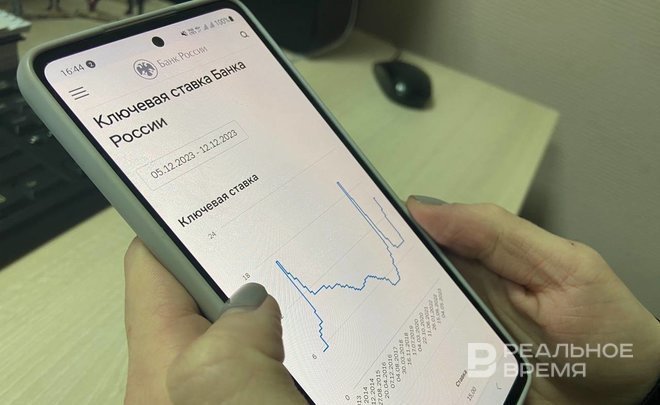
Fifth ride since summer
The Board of Directors of the Bank of Russia decided to raise the key rate by a percentage point — to 16% a year — at a meeting on 15 December. The regulator’s press service said.
This has been the fifth rise in the key rate in the last few months. At a previous meeting, on 27 October, the Board of Directors of the Central Bank raised the indicator from 13% to 15% a year.
The Central Bank is intending to make further decisions on the key rate “considering the real and expected dynamics of inflation in relations to the goal, the development of the economy during the forecasted period as well as evaluating the risks from internal and external conditions and the reactions of financial markets to them.”
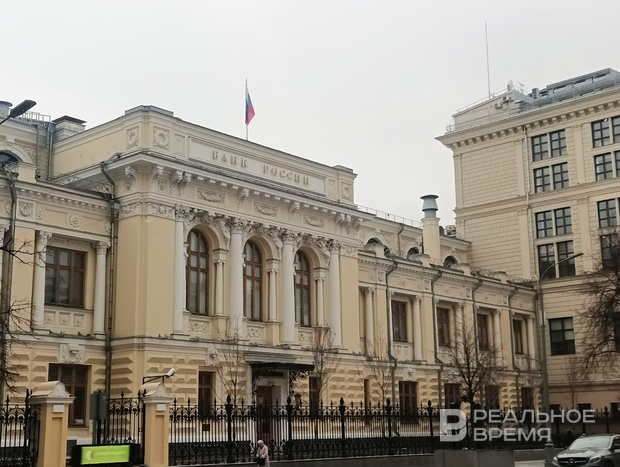
The next board meeting of the Central Bank on the key rate will be next year. It is scheduled for 16 February 2024.
“Diamond polishing-like fine correction”
Many analysts had forecasted the rise of the key rate to 16%. Head of the Macroeconomic Analysis Department of Finam Olga Belenkaya paid attention to the fact that head of the Bank of Russia Elcira Nabiullina had warned the regulator could raise the rate again if there was seen any sign of decelerating inflation.
She noticed that the current inflation rate in Russia hadn’t significantly slowed down since the last key rate raise, the population’s inflation expectations had notably increased in November and tensions in the labour market weren’t weaning. Also, the dynamics of lending and domestic demand is too high, though the growth of dynamics and consumer loans declined.
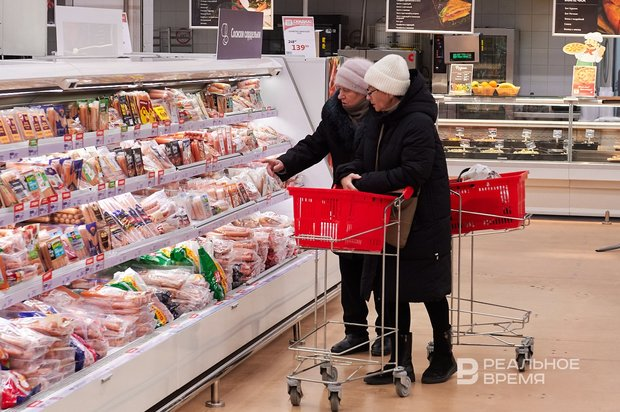
Financial expert, member of the Russian commission for banks and banking activity, Candidate for Economic Sciences Yan Art forecasted the key rate would be raised to 17%. In his opinion, “the change be a whole percentage point is nothing,” “just diamond polishing-like fine tuning.”
“I will remind you that inflation was first assessed at 6.5%. Then it was 7.15%, now it is already 7.5%. At the same time, the Bank of Russia concluded that if taking food inflation alone into consideration, it is 14-15%. This is why the regulator seems not to have other options,” said Yan Art.
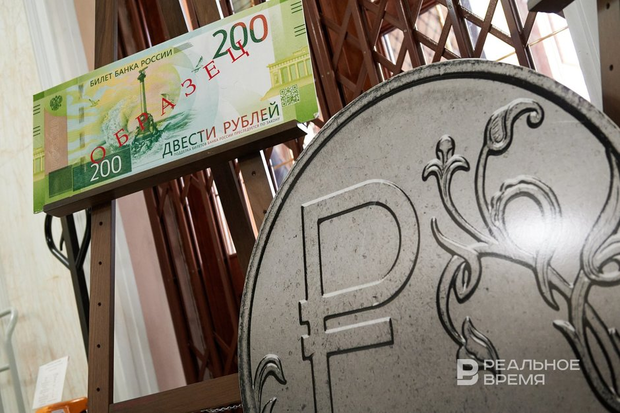
The rate has doubled since the start of raises
By the mid-summer of 2023, the key rate in Russia was 7.5% since last September. A gradual rise in the indicator began at a meeting on 21 July. A decision to raise the key rate by a percentage point- to 8.5% — became the first step.
The next meeting was to be only in autumn. However, on 15 August, the Board of the Bank of Russia gathered out of schedule. The key rate was raised by 3.5 percentage point- to 12%. It was explained the goal was to limit risks for price stability
The key rate was raised a month later as well — at an unscheduled meeting on 15 September 2023, it rose by a percentage point — to 13%. In October, it reached 15%.
Realnoe Vremya is publishing the chronicle of the dynamics of the key rate since February 2022:
- 28 February 2022 — rise from 9.5% to 20% a year;
- 11 April 2022 — fall from 20% to 17% a year;
- 29 April 2022 — fall from 17% to 14% a year;
- 27 May 2022 — fall from 14% to 11% a year;
- 10 June 2022 — fall from 11% to 9.5% a year;
- 21 July 2022 — fall from 9.5% to 8% a year;
- 16 September 2022 — fall from 8% to 7.5% a year;
- 21 July 2023 — rise from 7.5% to 8.5% a year;
- 15 August 2023 — rise from 8.5% to 12% a year;
- 15 September 2023 — rise from 12% to 13% a year;
- 17 October 2023 — rise from 13% to 15% a year;
- 15 December 2023 — rise from 15% to 16% a year.
It should be reminded that head of the country Vladimir Putin supported the policy of the Bank of Russia to raise the key rate. He claimed that the regulator chose the right direction.
The highest key rate in contemporary history of Russia was 20%. The Central Bank raised it to this threshold last year after the start of the special military operation. Before 28 February 2022, it was 9.5%.
“The external conditions dramatically changed for the Russian economy. The raise in the key rate will help ensuring higher deposit rates to the levels that are needed to compensate for higher devaluations and inflation risks. This will help preserve the financial and price stability and protect citizens from devaluation,” the Bank of Russia explained its decision last February.
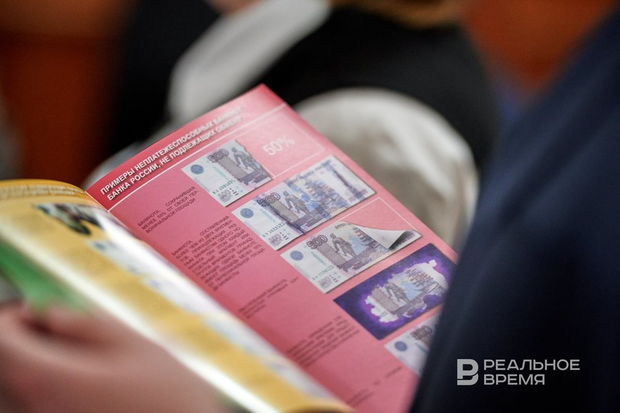
Then, the key rate gradually declined. By last summer, it reached a point it had been before the special operation — 9.5% — and then went down — to 8% and 7.5% a year.